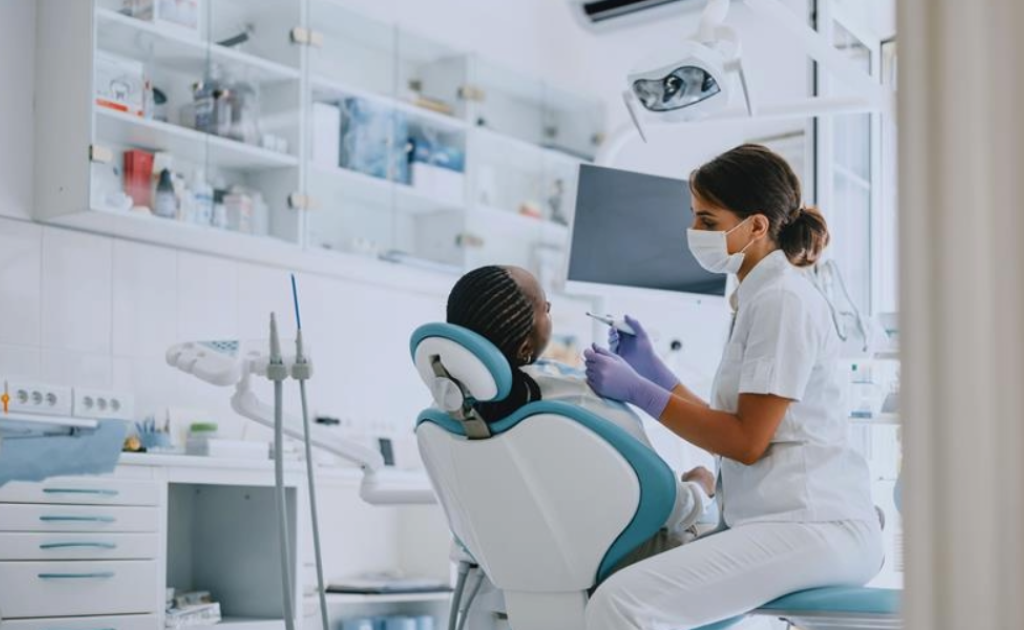Smarter smiles: understanding dental benefits, usage, and fees
-
Using Your Benefits

Understanding your dental benefits will help you confidently manage your oral health and reduce out-of-pocket expenses.
Dental coverage at-a-glance
ASEBP’s dental coverage encourages you to proactively manage your oral health through basic preventative and restorative dental treatments. Select plans also provide coverage for major restorative dental work and orthodontic treatments. Let us take a closer look at what this includes:
- Basic preventative and restorative treatments: dental examinations, emergency examinations, fillings, fluoride applications, polishing, X-rays, scaling and root planning, extractions, root canals, and specialist referral examinations. Please note that general anesthetic is eligible for coverage for oral surgery only (i.e. wisdom teeth extraction).
- Major restorative dental treatments: bridges, crowns, dental implants, dentures, inlays and onlays, and medically necessary veneers.
- Orthodontic treatments: braces and dental appliances.
- ASEBP requires an approved orthodontic predetermination treatment plan be in place and the patient be under the direct care of a licensed dental provider before reimbursing orthodontic services.
Knowing the common basic preventative and restorative dental procedures that are available to you, including coverage limitations, will help you make the most of your dental plan while reducing out-of-pocket expenses.
For example:
- One recall or specific dental exam is eligible for coverage every six months from the last date of service for people under 19 and every 12 months for those 19 and older.
- Scaling and root planning are limited to 12 units of time (one unit = 15 minutes) per person, based on a rolling one-year period from the date of last service.
On average, ASEBP covered members use one dental exam and four scaling units per year for members 18 and older, and two exams and two scaling units per year for individuals under 18.
Visit the Dental page to learn more about the common basic preventative and restorative dental procedures and coverage limitations.
Understanding your Explanation of Benefits
Your Explanation of Benefits, or EOB, is an online statement you receive after your dental visit from ASEBP that outlines how much of your claim was covered. An EOB will include:
- Details of the dental services you received during your visit.
- Total charges and the amount ASEBP paid for the services.
- If applicable, the remaining balance not covered by your ASEBP dental plan. This is considered an out-of-pocket expense and is the patient’s responsibility to pay. If you have coordinating benefits, you can submit a claim, with the EOB attached to your second plan for possible partial or full reimbursement of the unpaid amount.
- Explanation codes, which are short numerical codes that clarify how and why a claim was processed. Each code corresponds to a reason—such as coverage limits, coordination of benefits, or missing information—and is accompanied by a brief description to help you understand why payments were made, why something wasn’t covered by your ASEBP dental plan, or if further information is needed before completing the claim.
You can access your EOB in the Documents section of My ASBEP or the My ASEBP Mobile App.
Dental fees and out-of-pocket expenses
Dental fees are the amounts your dentist charges for the services they provide. The Alberta Dental Association (ADA) releases an annual Dental Fee Guide that shares recommended fees for the most common dental procedures and mitigates rising costs through increased transparency.
ASEBP follows ADA’s previous year’s Dental Fee Guide to determine current year reimbursement amounts. For example, for 2025, ASEBP uses ADA’s 2024 Dental Fee Guide.
While the dental fees are set by ADA, they are not mandatory, which means the cost of services can vary between dentist offices. What does this mean for you? Even if you have 100 per cent coverage for certain dental services based on the ADA fee guide, 100 per cent of your dentist's bill may not be covered if they charge more than what ASEBP dental plans cover. This cost is known as an out-of-pocket expense.
Tips to avoid surprise out-of-pocket expenses:
- Understand your ASEBP dental coverage so you know what services and costs your plan covers. This includes understanding coverage limitations such as frequency of services (i.e. dental exams).
- Before your appointment, ask your dental provider if they charge according to the Alberta Dental Association’s Dental Fee Guide.
- Ask your dental office to check coverage levels for services and procedures electronically before performing services.
By understanding your dental benefits, you can make more informed decisions about your oral health.
For more information, visit the Dental page or contact a benefit specialist who will be happy to help!
